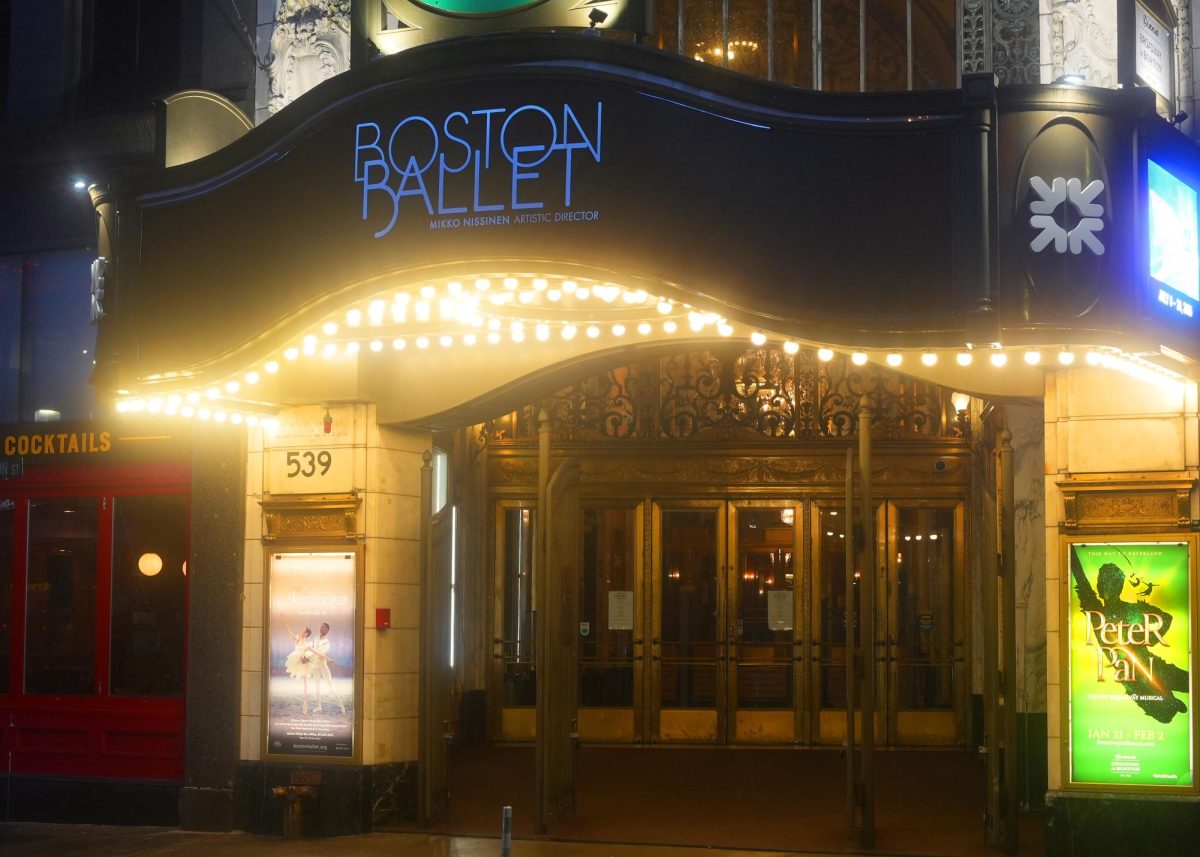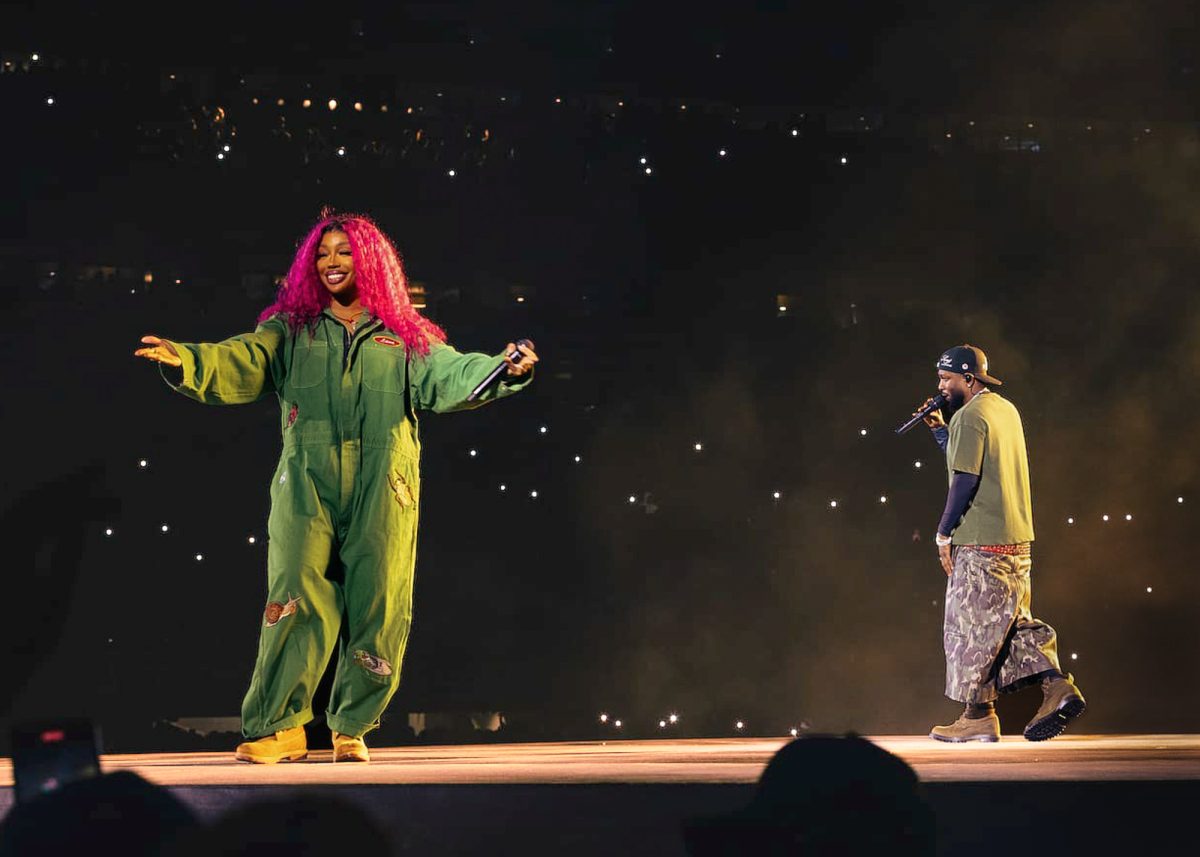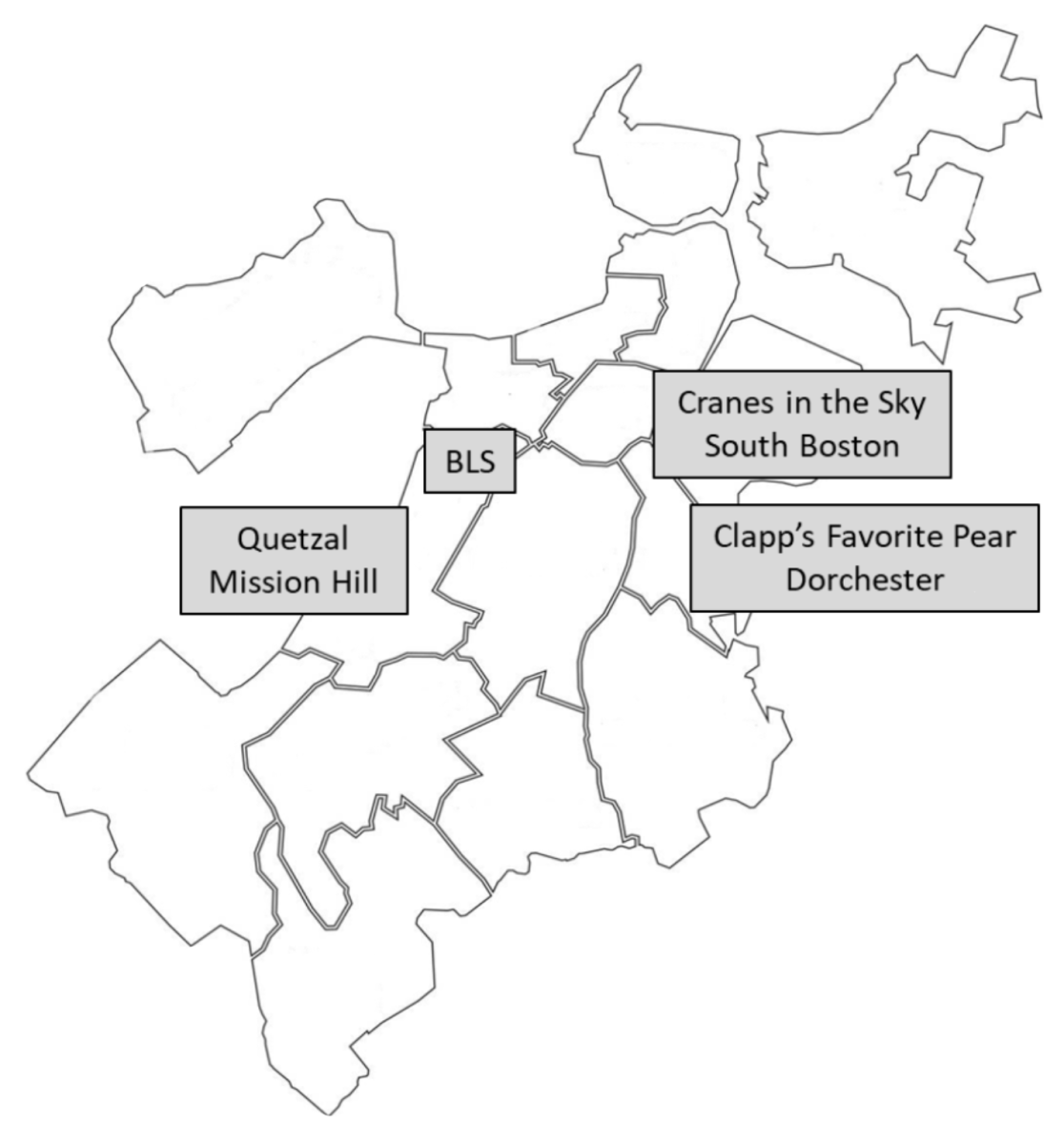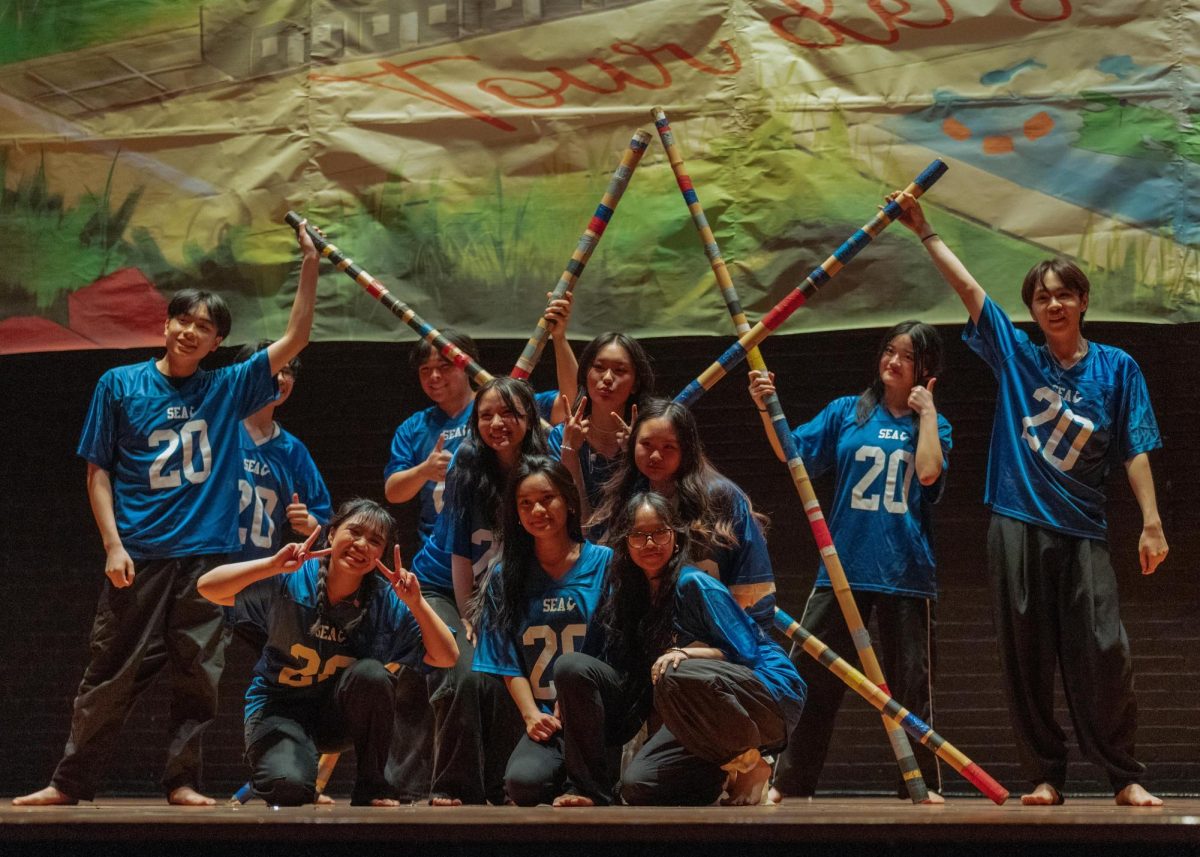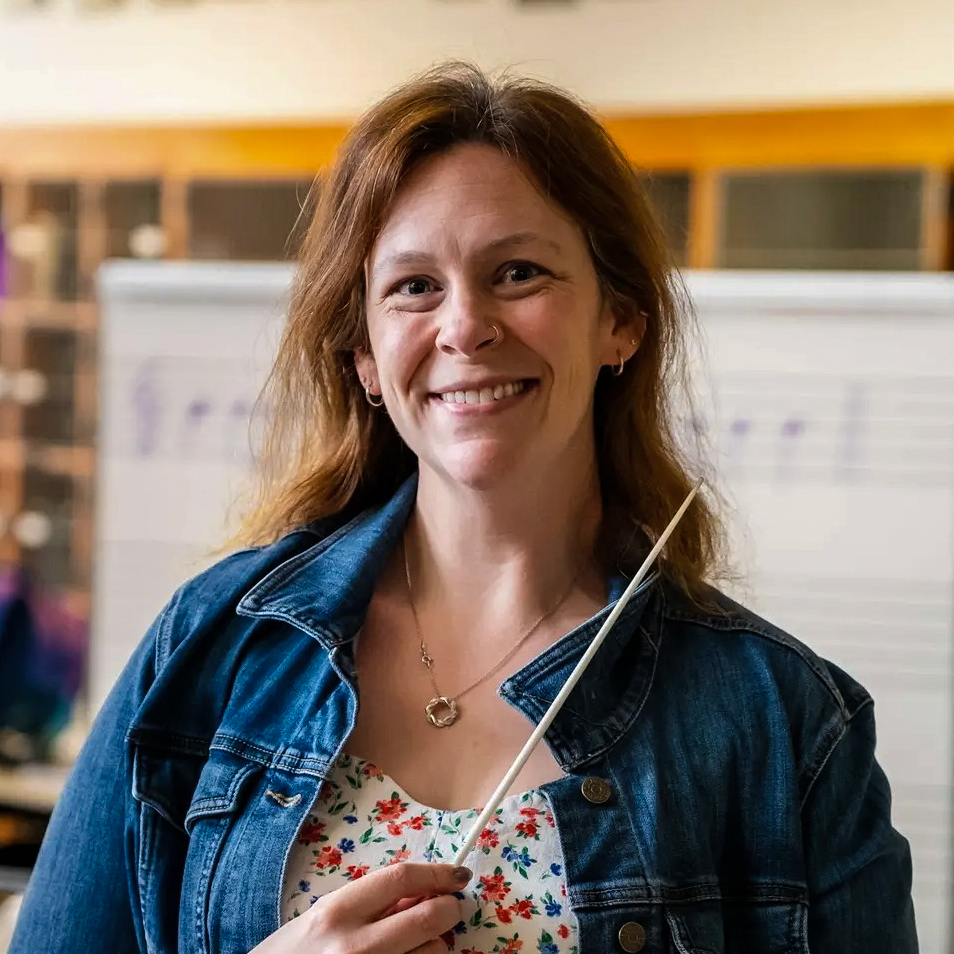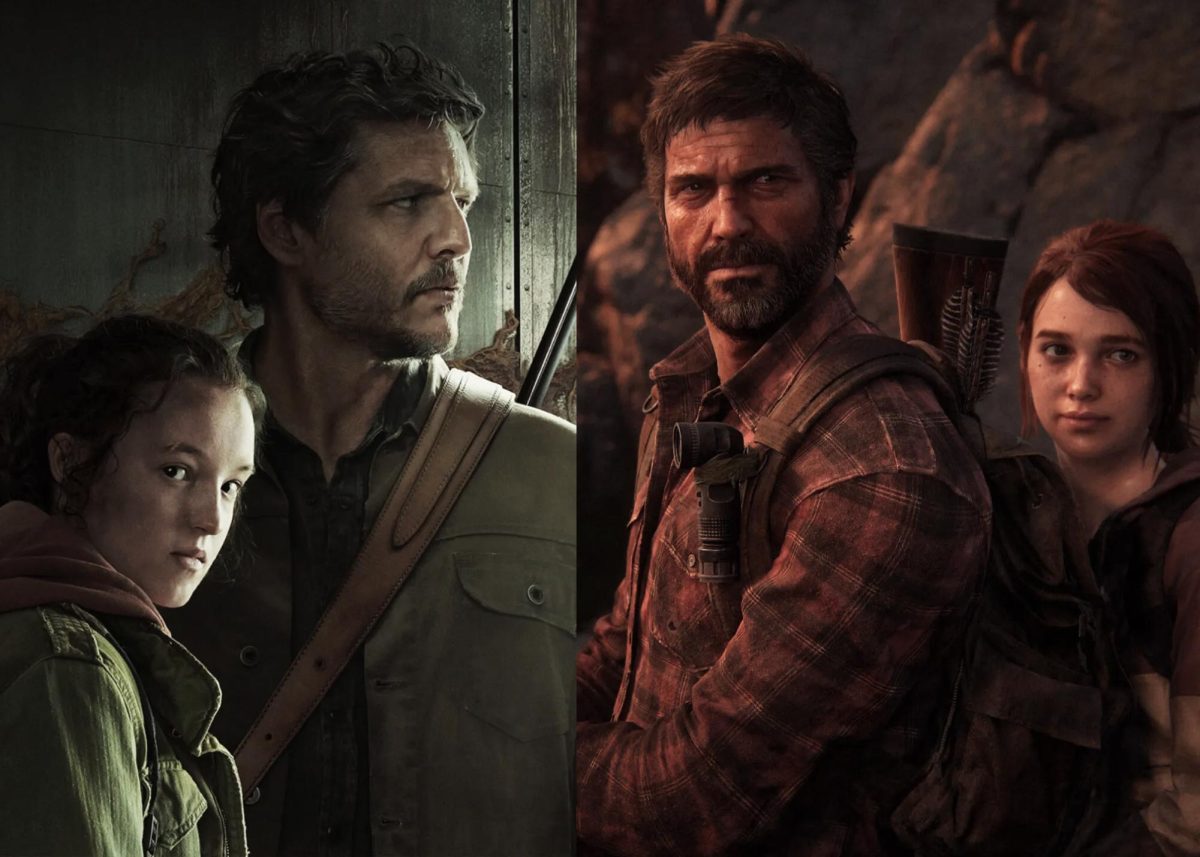On November 29, Boston Ballet premiered its annual rendition of The Nutcracker, a seasonal delight for audience members and performers alike at the historic Citizens Opera House.
This two-part classical ballet follows the story of Clara Silberhaus, who receives a nutcracker doll as a Christmas present from her uncle, Herr Drosselmeier. At midnight, Clara awakes to find her living room filled with mischievous mice. To rescue her, Drosselmeier appears, magically growing the house and turning the nutcracker doll into a life-size prince.
The thrilling battle between the Nutcracker Prince and Mouse King is widely regarded as a highlight of the first act. The choreography for the Nutcracker Prince’s tin infantry is the most technically advanced in the show for non-professional roles, as the soldiers behave true to an authentic regiment and travel as a singular unit across the stage. Performers must meticulously balance intricate timing with synchronized movements.
Petra Brackett (II), a Boston Ballet dancer and Nutcracker soldier for the past three years, explains, “Normally, music is counted in sets of eight, but the music of the battle scene is peppered with random twelve, nine or eleven counts. This makes it super hard to stay on time and know your cues, so the soldiers actually whisper-count out loud on stage to keep track of the music. If you look close enough from the audience, you can sometimes see their mouths moving!”
In the second act, Clara and the Nutcracker Prince arrive at the Kingdom of the Sweets, reigned over by the Sugar Plum Fairy. Boston Ballet exhibits a diverse range of international heritage, weaving mesmerizing, albeit slightly stereotypical cultural performances into Act II of The Nutcracker, including the French Marzipan, Chinese Tea and Arabian Coffee dances.
Another adored scene in The Nutcracker is the final pas de deux between the Sugar Plum Fairy and Nutcracker Prince, which captures hearts through five components. Firstly, the entrée, in which the couple arrives onstage, quickly transitions into the adagio, featuring slower tempos and grand overhead lifts. Next, the variations allow the characters to present their individuality. The Nutcracker Prince displays several upbeat jumps and turns, whereas the Sugar Plum Fairy exemplifies her pointe work by performing many difficult small steps and a series of graceful turns. Finally, both performers return for the coda, energetically concluding the pas de deux.
Accompanying the visuals are melodies written by renowned composer Pyotr Tchaikovsky, who blended exquisite notes into beloved, recognizable pieces like “Waltz of the Flowers” and “Dance of the Sugar Plum Fairy.” The Boston Ballet Orchestra, the second-largest orchestra in New England and led by music director Mischa Santora, skillfully recreates these compositions with a talented array of string, woodwind, brass, percussion and keyboard instrument players.
Craftspeople from across the country also contribute to The Nutcracker’s production, particularly award-winning scenic and costume designer Robert Perdziola, who illustrated over 40 sketches that later served as the production’s sets and over 350 costumes.
Lorelei Currier (I), a Boston Ballet dancer, says, “There is such a variety of music, styles of dancing, costumes and scenery in the ballet that it has something for everyone. Ballet is very joyful, and I think The Nutcracker helps non-dancers to see that.”
Preparations for The Nutcracker began with auditions in late September and rehearsals in early October. Company members are largely familiar with almost every part of The Nutcracker, regularly switching roles between shows according to rank. Ballet students must audition annually and hold separate rehearsals from the company’s until merging in November. They also have one day of blocking at the Opera House to become accustomed to entrances, exits and theater blocking. Company rehearsals are opportunities for the conductor to practice musical cues, and tech rehearsals allow the lighting and stage department to establish lighting cues and set changes. Shows finally begin shortly after dress rehearsals for each cast.
The entire process of facilitating The Nutcracker involves an extraordinary amount of teamwork and organization, emphasizing the Boston Ballet’s incredible cooperation, effort and supportive community.
Spellbinding performances like The Nutcracker allow communities to connect over beautiful forms of art, showcase stories and dances to broader audiences and preserve ballet traditions.
Ballet dancer Vivien Poftak (I) shares, “The story is so classic and fun, and if you’re someone like me who has grown up with it, it’s definitely a very nostalgic piece. As much as modern dancing has come so far, looking back at the ballet roots of contemporary styles of dance is so important to examine and learn technique and movement quality.”
In spirit of the holidays, Boston Ballet will continue holding productions of The Nutcracker until December 29!
Categories:
En Pointe: Boston Ballet’s Nutcracker
By Annie Dai (II), Assistant Forum Editor
January 20, 2025
Boston Ballet holds their annual performance of The Nutcracker at the Citizens Bank Opera House. (Source: Alan Zhao (III))
1



